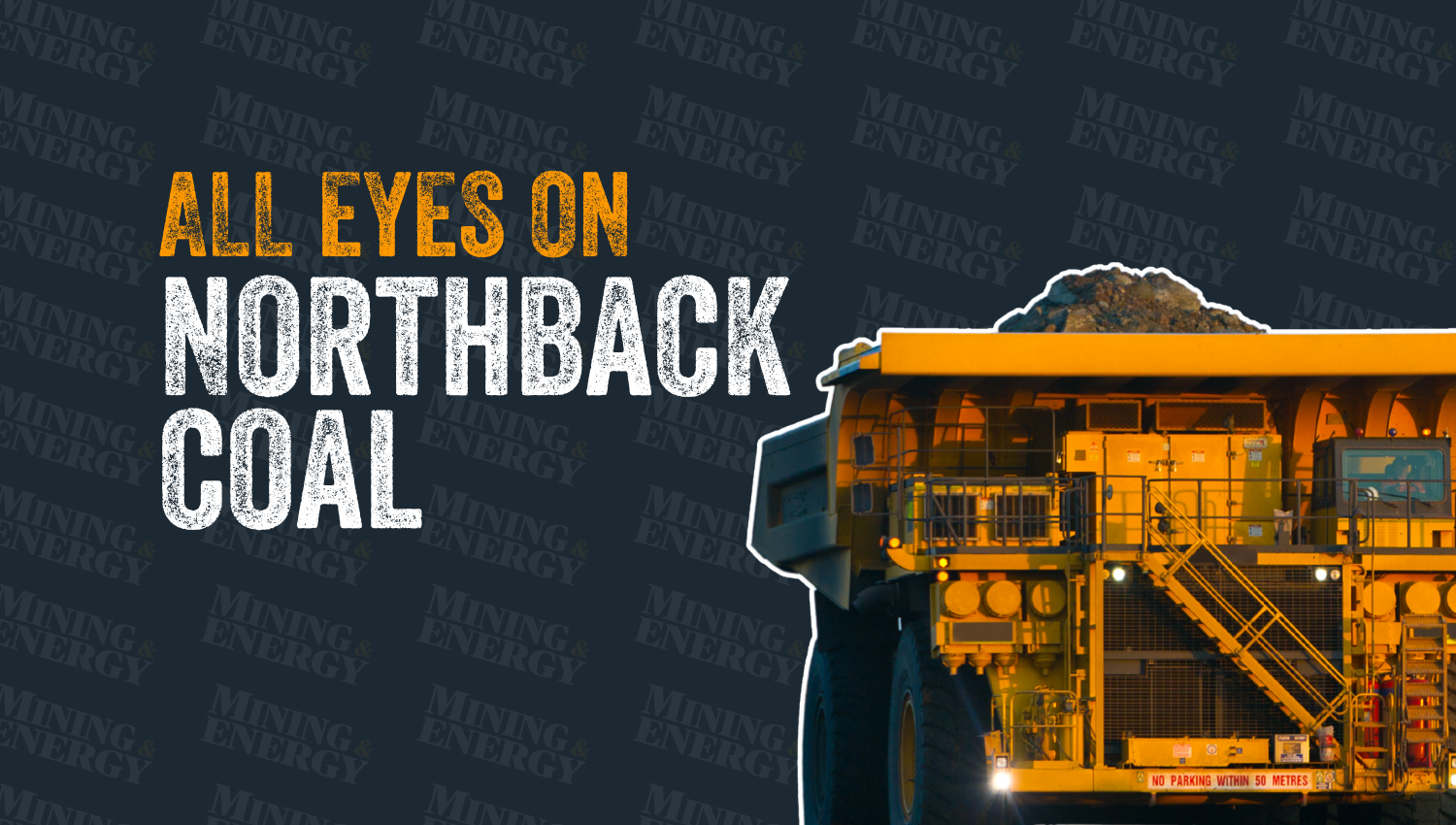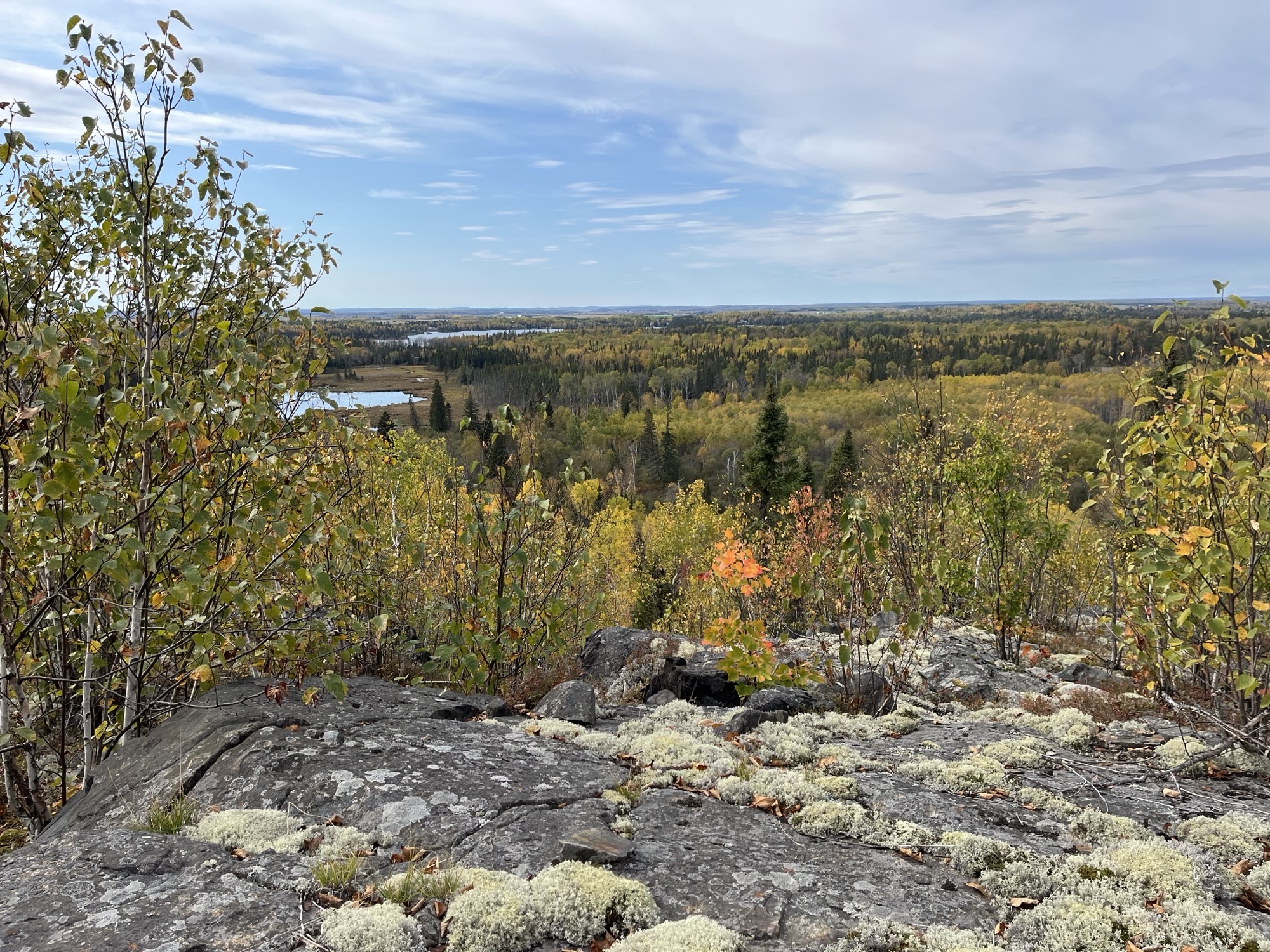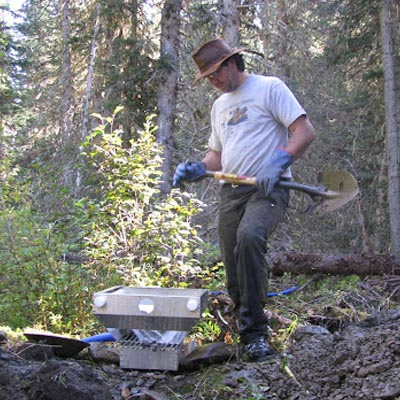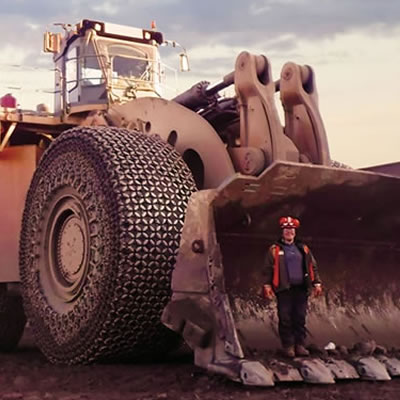Exploring the gas fields of the Northwest Territories
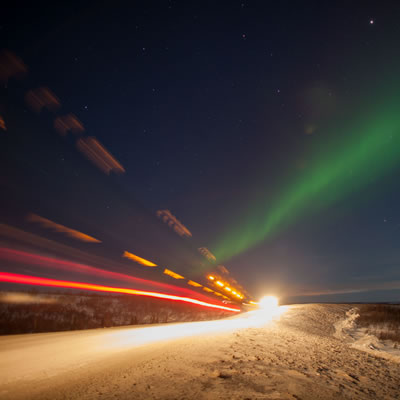
The all-season Inuvik Tuktoyaktuk Highway covers an area rich in natural gas fields. The government is now considering how to use this gas: locally or
The all-season Inuvik Tuktoyaktuk Highway covers an area rich in natural gas fields. The government is now considering how to use this gas: locally or shipping it elsewhere? — Photo courtesy Government of Northwest Territories
The Inuvik Tuktoyaktuk Highway (ITH) opened on November 15, 2017, running 138 kilometres across the Northwest Territories. It is the first all-weather highway to the Arctic Coast and replaces the seasonal Inuvik to Tuktoyaktuk ice road. The highway connects Inuvik at the Dempster Highway to the coastal community of Tuktoyaktuk in the north via a two-lane gravel highway crossing eight bridges.
After decades of consideration, the communities are eager to reap the benefits of the all-season road, which will remain open throughout the year. No longer does travel between Inuvik and Tuktoyaktuk require boats and planes in the summer months.
Arctic region rich in gas fields
The mining and energy industries have payed close attention to the progress of the ITH because it spans directly across an area very rich in natural gas. “It’s literally the entire length of the highway,” said Menzie McEachern, director of mineral and petroleum resources with the Government of Northwest Territories.
Although these gas fields have been explored and drilled before, these projects were not economically feasible in the past. For example, a lot of the natural gas along the highway was originally planned to supply the Mackenzie Valley Pipeline, which was a proposed pipeline from the Beaufort Sea through the Mackenzie Valley to Alberta. That project still has not been constructed for a few reasons, including the fall in natural gas prices.
The construction of the highway offers critical infrastructure to any potential exploration plans. At the same time, it may reduce the cost of pipeline infrastructure, as well as construction and transport costs. However, experts suggest the Mackenzie Valley Pipeline still might not be feasible, especially the connection to existing pipelines in northern Alberta.
How else can Northwest Territories use its gas?
Assuming the Mackenzie Valley Pipeline won’t be built, “The question becomes, what else can we do with the gas?” asked McEachern. Possibilities are in the brainstorming phases, while innovation and feasibility try to catch up.
One option: ship gas off the West Coast. “There are a number of proposed liquified natural gas (LNG) export terminals along British Columbia’s coast, but none of these have reached final investment decisions yet either,” said McEachern. LNG is a cleaner, more cost-efficient fuel than diesel. “If any of those projects were to go forth, we would be able to drain the natural gas supply from North America to send to international markets.”
For the Northwest Territories, there is also the long-term possibility of shipping LNG out from the Beaufort Sea to Asia and other global markets, “although that has not been environmentally or economically assessed in any detail at this point,” McEachern said. These options would potentially increase the price of natural gas in North America, making future projects more feasible.
Powering the local communities
The current consideration for the Government of Northwest Territories is how can this gas be used for communities in the region and is that an economic opportunity? Local and regional feasibility studies are currently underway. With the shift from coal- to natural gas-fired power stations, it’s hopeful that the available gas could be used locally to provide heat and power to the Beaufort-Delta region.
Instead of creating an LNG plant and shipping the fuel overseas, it might be possible to use the LNG in the region instead. The Northwest Territories Power Corporation (NTPC) already uses LNG to power Inuvik since its natural gas well ran dry in 2012. Tuktoyaktuk is still using diesel power.
The gas could be used not only to power the communities but also the mines that might start popping up along the highway. “Potentially, LNG could be sent down the highway to proposed mines in Yukon,” said McEachern. “There are studies to be done.”
There’s no doubt that the community of Tuktoyaktuk is excited about the benefits the year-round road will bring. Aside from the untapped gas field potential, the expected tourism is enough on its own. This past summer, the town began its beautification project to present its best self to any new tourists arriving via the highway. Loop Recycled Products, based out of Ontario, donated some 9,000 litres of recycled paint and stain to the town, which they’ve already started using.

